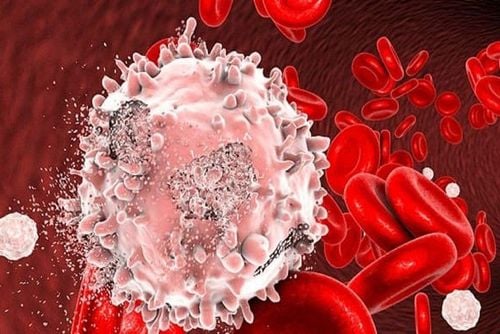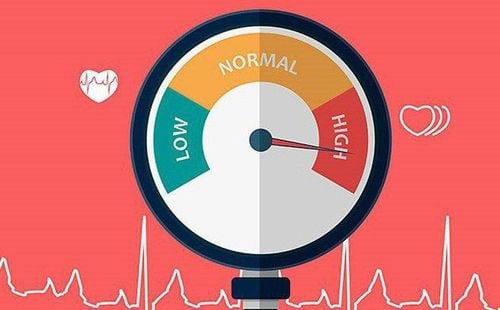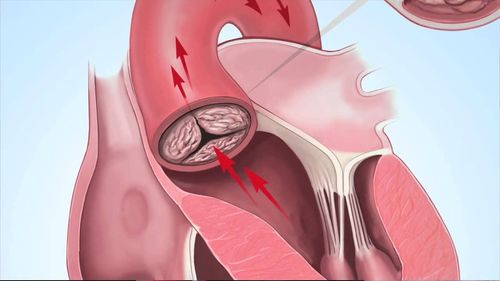Nội dung bạn đang tìm kiếm không có phiên bản tiếng Việt.
Vui lòng chọn tiếp tục để xem nội dung tiếng Anh hoặc đi đến trang chủ Tiếng Việt.
Rất xin lỗi về sự bất tiện này.
Cardiology


What can your heart rate during a heart attack illustrate?
Baby teeth are temporary and will eventually fall out to be replaced by permanent teeth, their importance should not be underestimated. Delayed eruption or the absence of baby teeth could impact a child’s overall development.
View more

Is a heart rate of 105 beats/minute considered dangerous?
Hello doctor. Please advise me. Is my heart rate of 105 beats/minute dangerous and is there any safe way to prevent it, doctor?
View more
Latest articles

What is the cause of high white blood cells after 2 weeks of surgery?
My father had coronary artery bypass surgery for diabetes and hypertension 2 weeks ago and is still in the intensive care unit. Currently, his white blood cell count is increasing, he has no fever, many tests have been done but no infectious microorganisms have been found, and despite being given strong doses of broad-spectrum antibiotics, he has not responded to antibiotics. I would like to ask why his white blood cell count is high 2 weeks after surgery and how to treat it?
View more

What Should People with Myocardial Infarction Eat?
Patients with myocardial infarction can recover and reduce the risk of recurrence through a scientific and sensible diet. So, what should people with myocardial infarction eat, and which foods are best suited for managing this serious disease?
View more

Pain in left chest after drinking coffee?
I experience pain and numbness in my left chest whenever I drink coffee. Additionally, I notice muscle twitching in the left side of my chest, an irregular pulse, and a transient discomfort reduction after intense physical activities. I wonder if it is normal to have numbness and pain in the left chest following coffee consumption.
View more

Sexual intercourse and people with hypertension
For individuals with hypertension, a common question is: Is there any relationship between hypertension and sexual intercourse? Can I engage in sexual activity if I have hypertension, and how can I do so safely? Here are some insights to help answer these inquiries.
View more

Heart Valve Calcification: Symptoms and Treatment
Heart valve calcification is a common cardiovascular condition that can pose life-threatening risks if not treated promptly. Calcium plaques increase the risk of blood clot formation, which may travel into the circulatory system, causing vessel blockages.
View more

If I am taking thyroid and cardiac medication, can I take Omega 3 fish oil?
May I ask, my uncle is 50 years old, currently taking thyroid and cardiac medication, can he take Omega 3 fish oil at the same time? I hope the doctor can provide an answer soon. Thank you very much, doctor.
View more

Why Can Thin People Have High Blood Lipids?
Factors that increase bad cholesterol and lead to high blood lipid levels include lack of physical activity, consuming excessive fats and oils, smoking, alcohol consumption, and family history. High blood lipid levels are not limited to body weight. Even thin individuals can develop high blood lipid levels if they lead an unhealthy lifestyle and have poor dietary habits.
View more

Can People with High Blood Pressure Use Ginseng?
Many research studies have shown the role of ginseng in reducing the risk of cardiovascular disease and supporting blood pressure control. However, there are still many different views on the use of ginseng for people with high blood pressure, causing concern for patients.
View more

